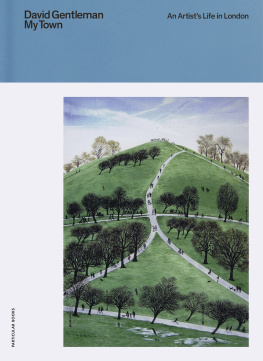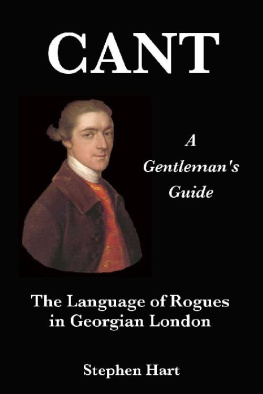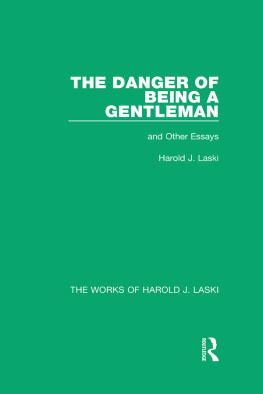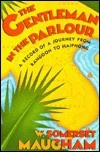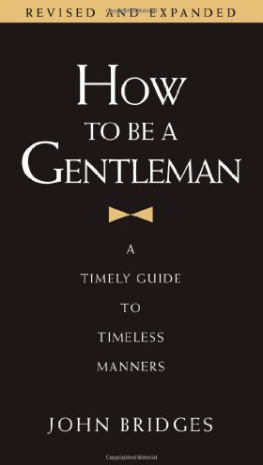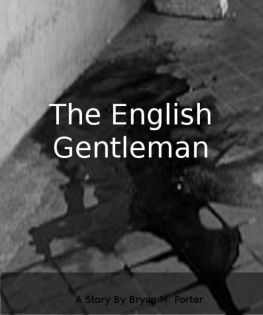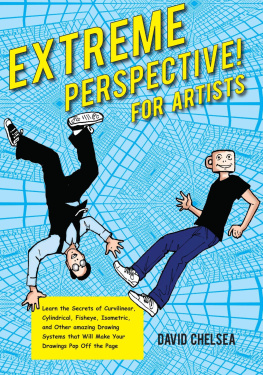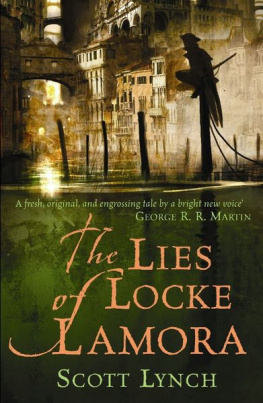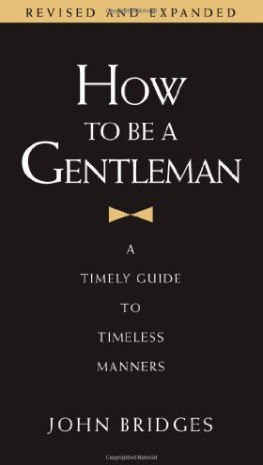David Gentleman - My Town: An Artists Life in London
Here you can read online David Gentleman - My Town: An Artists Life in London full text of the book (entire story) in english for free. Download pdf and epub, get meaning, cover and reviews about this ebook. year: 2020, publisher: Penguin Books Ltd, genre: Non-fiction. Description of the work, (preface) as well as reviews are available. Best literature library LitArk.com created for fans of good reading and offers a wide selection of genres:
Romance novel
Science fiction
Adventure
Detective
Science
History
Home and family
Prose
Art
Politics
Computer
Non-fiction
Religion
Business
Children
Humor
Choose a favorite category and find really read worthwhile books. Enjoy immersion in the world of imagination, feel the emotions of the characters or learn something new for yourself, make an fascinating discovery.
- Book:My Town: An Artists Life in London
- Author:
- Publisher:Penguin Books Ltd
- Genre:
- Year:2020
- Rating:4 / 5
- Favourites:Add to favourites
- Your mark:
- 80
- 1
- 2
- 3
- 4
- 5
My Town: An Artists Life in London: summary, description and annotation
We offer to read an annotation, description, summary or preface (depends on what the author of the book "My Town: An Artists Life in London" wrote himself). If you haven't found the necessary information about the book — write in the comments, we will try to find it.
My Town: An Artists Life in London — read online for free the complete book (whole text) full work
Below is the text of the book, divided by pages. System saving the place of the last page read, allows you to conveniently read the book "My Town: An Artists Life in London" online for free, without having to search again every time where you left off. Put a bookmark, and you can go to the page where you finished reading at any time.
Font size:
Interval:
Bookmark:
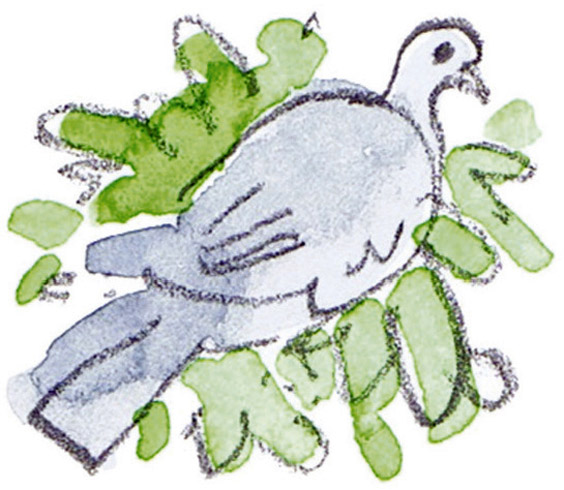
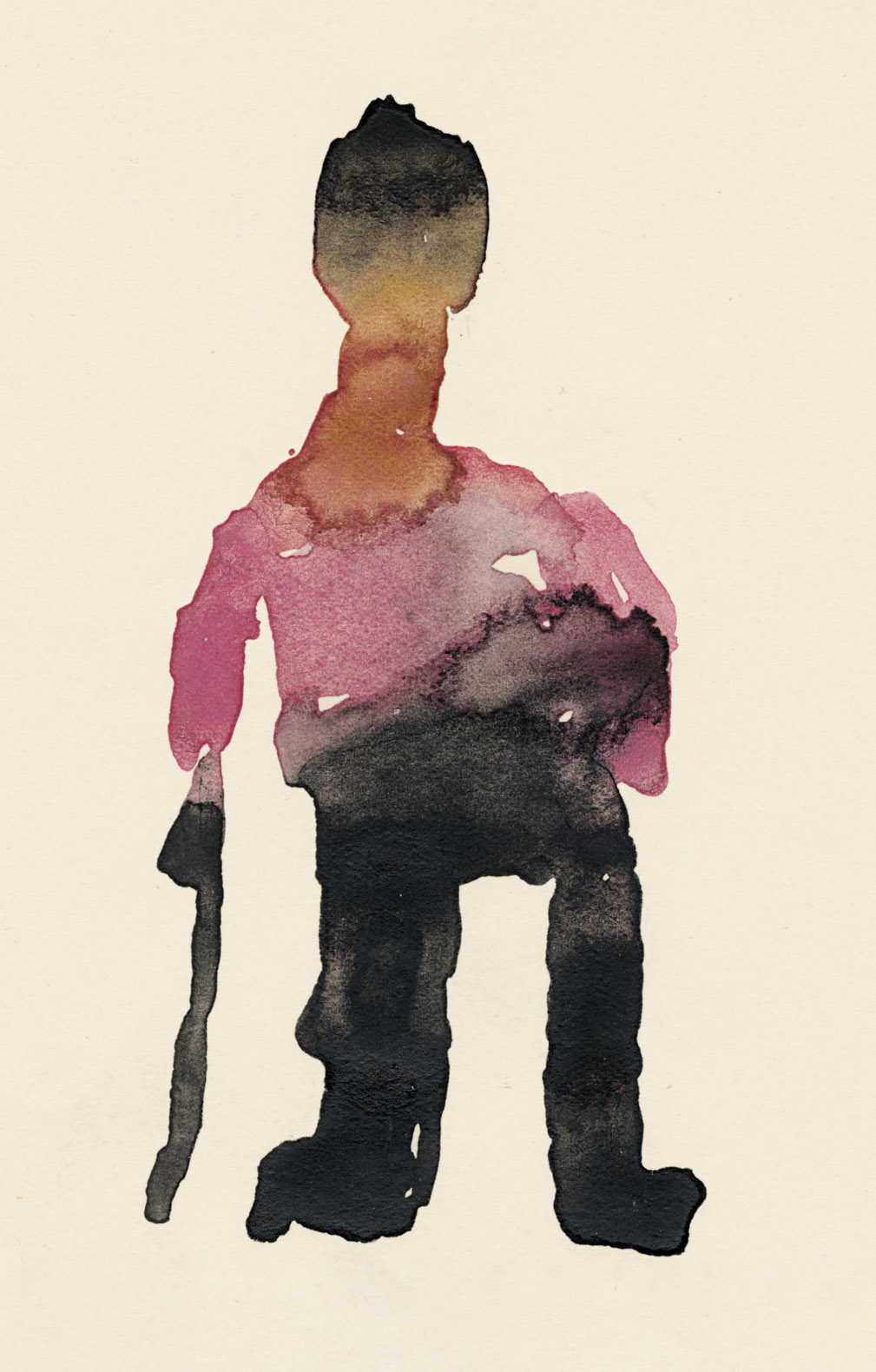 Early picture of my father with his walking stick
Early picture of my father with his walking stickPENGUIN BOOKS
UK | USA | Canada | Ireland | Australia
India | New Zealand | South Africa
Penguin Books is part of the Penguin Random House group of companies whose addresses can be found at global.penguinrandomhouse.com.

First published by Particular Books 2020
Text and illustrations copyright David Gentleman, 2020
The moral right of the author has been asserted
Designed by Tom Etherington
Every effort has been made to contact all copyright holders. The publishers will be pleased to amend in future editions any errors or omissions bought to their attention. The images on reproduced with permission of The Orion Publishing Group Ltd.
ISBN: 978-0-141-99312-6
This ebook is copyright material and must not be copied, reproduced, transferred, distributed, leased, licensed or publicly performed or used in any way except as specifically permitted in writing by the publishers, as allowed under the terms and conditions under which it was purchased or as strictly permitted by applicable copyright law. Any unauthorized distribution or use of this text may be a direct infringement of the authors and publishers rights and those responsible may be liable in law accordingly.
Id like to thank Chloe Currens, Helen Conford, Margaret Stead and Tom Etherington at Penguin, without whom this book would not have taken shape; Nicola Bailey and Daniel Davidssohn for their digital expertise and Carole Jones for typing my draft manuscript; and my wife Sue for her patience and her unwavering but sharp-eyed love of London throughout our time here.

Im still getting used to London, though Ive lived in it for almost seventy years, most of that time in the same street. A lot of it seems pretty much the same, the streets and houses, the canals and greenery and open spaces near my home, north of the river. But many aspects of the scenes and people beyond this local core are new, different and fascinating, and the city as it was when I first moved here has profoundly changed. The contrasts between how London looked then and how it is now are what this book is about. Its in three parts, and gathers together drawings from across my lifetime in the city, from my earliest sketches to watercolours made less than a month ago. The first part is about the London I got to know as a student in the early fifties and then while earning my living as a young jobbing artist, the only job Ive ever had. The second is about my studio, tucked away in a quiet and leafy street in North London, and the third about some of the places within easy walking distance of it.
The book is also about drawing, and what the process of drawing brings out of me. In his poem Afterwards, Thomas Hardy ends the first stanza with: He was a man who used to notice such things. Ive come to feel that noticing things, looking more intently at them and understanding them better, is key to what drawing means. It has always made places more interesting, and made me feel more alive.
I grew up in Hertford, twenty miles north of the city just near enough to see its red glow in the sky during the Blitz. My parents were Scottish painters who had moved down from Glasgow to find work, my mother as a weaver and my father as a poster designer. As a small boy I came to know about London because during the week my father stopped digging the garden or painting pictures of it and disappeared after breakfast, I supposed to do some more digging, but in reality to work in a design studio in Shell-Mex and BPs tall new building off the Strand, which had a clock nicknamed Big Benzene.
My earliest trips to London were to see what he did there, but the first visit I can remember was when I was five, to see King Georges Silver Jubilee procession a long boring wait, an endless line of people walking, the train journey home in a carriage full of exhausted policemen going home themselves. On later outings I went to the Zoo and to Primrose Hill where, strangely, there were no primroses. I went on going to London from time to time during the war: once just after it started to see a pantomime; once during a lull in the Blitz to stay for a week at the Dulwich house of one of the London evacuees who were billeted with us in Hertford; later on a school trip to see Hamlet in the Theatre Royal, Haymarket. I went once again at the end of the war, to Oxford Street, to see an exhibition about the German concentration camps. The pull of London, with its galleries and theatres and foreign films, was strong and I was drawn back again and again throughout my teenage years.
I first came to live in London as a student at the Royal College of Art, only five years after the war. The city was shabby and many of its bomb sites were uncleared, but some of Wrens churches were still standing, as was Smiths Wharf, a beautiful warehouse beside the Thames which I drew several times. During my first year I had dreary digs near Olympia in West Kensington, then moving to Battersea, nearer to the RCA studios, which were scattered across South Kensington. Id started off in the graphic design school, having impatiently thought it was where I was likeliest to get in; then, after a year mainly of poster designing and typography, I changed to the illustration department. I grew to like working in its printing studio, where (extraordinary at that time) we were allowed to set metal type by hand and where I could print my wood engravings, and in the lithography studio, where I made my first prints. I also attended the painting schools life-drawing classes, having always found drawing from a living model interesting both for learning to understand how the human form fits round its skeleton, and to appreciate its proportions, and for really noticing the way people stand, their characters, attitudes and movement. Life classes are also self-revealing ones lack of skill cant be passed off as mere self-expression.
I was lucky to be taught by extremely good tutors, though I was perhaps influenced as much by their work and their presence as by their advice, and spurred on more by the other students than by the staff. The graphic design school was run by Professor Richard Guyatt, and its part-time staff were a remarkable mix of people whose work I already knew and liked: Abram Games and Henri Henrion, the poster designers; Reynolds Stone, the wood engraver; Edward Ardizzone the illustrator; the painters and engravers John Nash and Edward Bawden. The last three had all been official War Artists, as had Bawdens friend Eric Ravilious, whose wood engravings and watercolours I greatly admired, but who had been killed in the war. Bawden was the one I came to know best, and while a student I went several times to stay with his family in Great Bardfield, in Essex. The RCA also sometimes welcomed interesting and inspiring visiting outsiders like Barnett Freedman and Anthony Gross, lithographers and engravers, and Francis Bacon, who was for a while lent a studio in which to work on his screaming popes; he was said to have painted them with his bare forearm.
Next pageFont size:
Interval:
Bookmark:
Similar books «My Town: An Artists Life in London»
Look at similar books to My Town: An Artists Life in London. We have selected literature similar in name and meaning in the hope of providing readers with more options to find new, interesting, not yet read works.
Discussion, reviews of the book My Town: An Artists Life in London and just readers' own opinions. Leave your comments, write what you think about the work, its meaning or the main characters. Specify what exactly you liked and what you didn't like, and why you think so.

